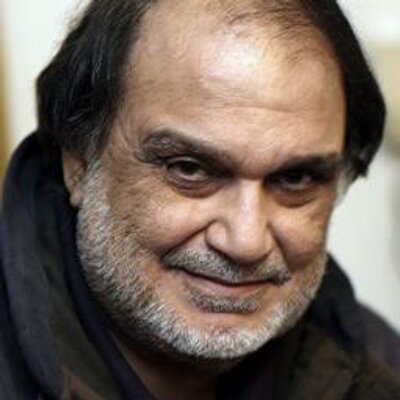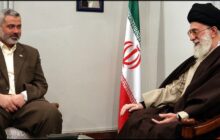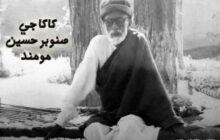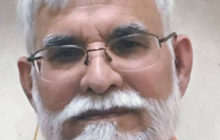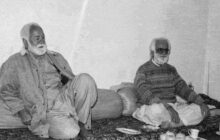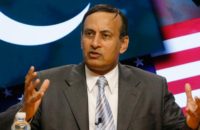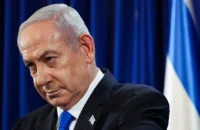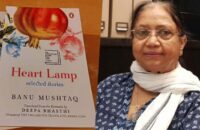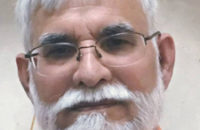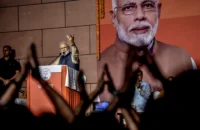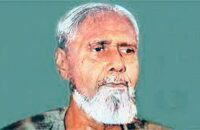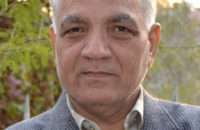By Khaled Ahmed
On January 18, Dawn reported that chief minister Mehbooba Mufti had proposed the opening of a new trade route that would negate regional conflict. The route would connect diverse communities now suffering under the long-simmering India-Pakistan conflict. She held up Kashmir as the most game-changing trading nucleus connecting South Asia with Central Asia.
Mufti must have pondered long because her statement contains a lot of detail about the route that is supposed to deliver “regional cooperation, energy transformation, trade and transit” with Kashmir as its central point. “Such an arrangement will supplement the China-Pakistan Economic Corridor, through this part of Kashmir”, she said. Clearly, her idea derives from the history of old routes people took to supply goods across civilisations.
According to Mufti, the Partition cut off trade routes to Central Asia. But the fact is that the Cold War put an end to the period of exploration the British Raj had initiated in India. Partition blocked road connections between India and Pakistan carrying goods westwards. Kashmir was the most affected by this closure. It is possible that she has been encouraged by the opening of some trading contacts between the two Kashmirs and wants to take them forward.
She was dreaming of connecting the two Kashmirs divided between Pakistan and India (Suchetgarh-Sialkot, Kargil-Skardu, Bandipora-Gurez-Gilgit and Nowshera-Mirpur) with roads for free movement of people and goods. Specialists in Indo-Pak relations, on both sides, will be dismissive of Mufti’s idea. But if you took Nawaz Sharif and Narendra Modi aside and gave them this idea, they would probably buy it — but tell you not to go public with it. Sharif wants trade and trade routes, and Modi knows it.
M. Ziauddin, a highly respected journalist in Pakistan, thinks that Mufti has put her finger on what India and Pakistan should be doing. He wrote: “Those thriving politically and financially from the continuing tensions between Afghanistan and Pakistan would do well to understand Pakistan’s geostrategic logic behind its efforts to launch road and rail projects linking with Afghanistan and Central Asian states.”
A hostile Pakistan has stood between India and its potential trade partners in Central Asia. The roads that once linked the two are now corridors of conflict: Pakistan is fighting with itself, instead of terrorists, along the Chaman and Khyber Pass posts. Trade that passes through is mostly heroin from poppy grown in Afghanistan. Pakistan sees India’s hand in its trouble with Afghanistan. India sees threats from the trade corridor China is building in Pakistan. It exited the Iranian gas pipeline because it couldn’t trust Pakistan as the transit state. It seems trade threatens war instead of spreading peace where economies can’t grow on their own.
That Prime Minister Modi may be attracted to the trade prospects in the region would appear natural. The more roads are opened allowing movement of goods and people, the better it would be for India, now that it is no longer a state-dominated economy. That the idea of free trade with India should appeal to Sharif appears odd. Many Pakistani commentators don’t tire of castigating him for “prostrating” himself “before Modi” on trade.
Perhaps Sharif is motivated by the idea of getting rid of the issues that threaten all elected leaders in Pakistan when they think of achieving economic growth by eschewing confrontation. There are countless reasons behind peripheral states seeking peace with, or subordination to, the big power in the region. If nuclear power is an “equaliser”, then Sharif and Modi have a chance at opening up together with “peripheral” Central Asia to enrich the region.
But all that is not going to happen yet. Siddiq Wahid, who rubbished my book Sleepwalking to Surrender on TheWire.in recently, must have the last rueful word: “At the centre of this potential maelstrom are the twin extremisms of Islamist and Hindutva impulse, both powered by non-state actors and both allied with deep-state players. Clearly, in the interests of regional peace, the two extremisms need careful study, objective analysis and common sense prescriptions to avoid the abyss that South Asia could be confronted with very soon.”

